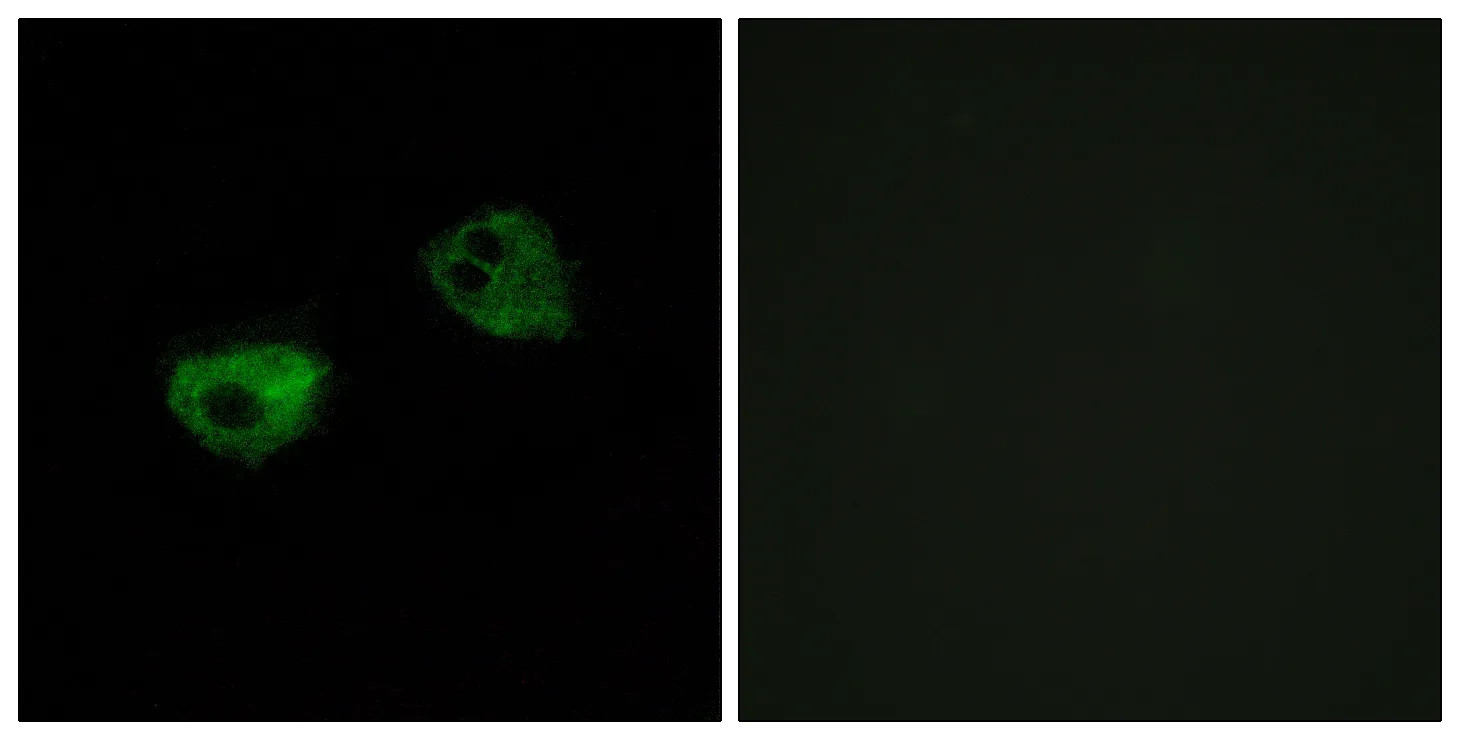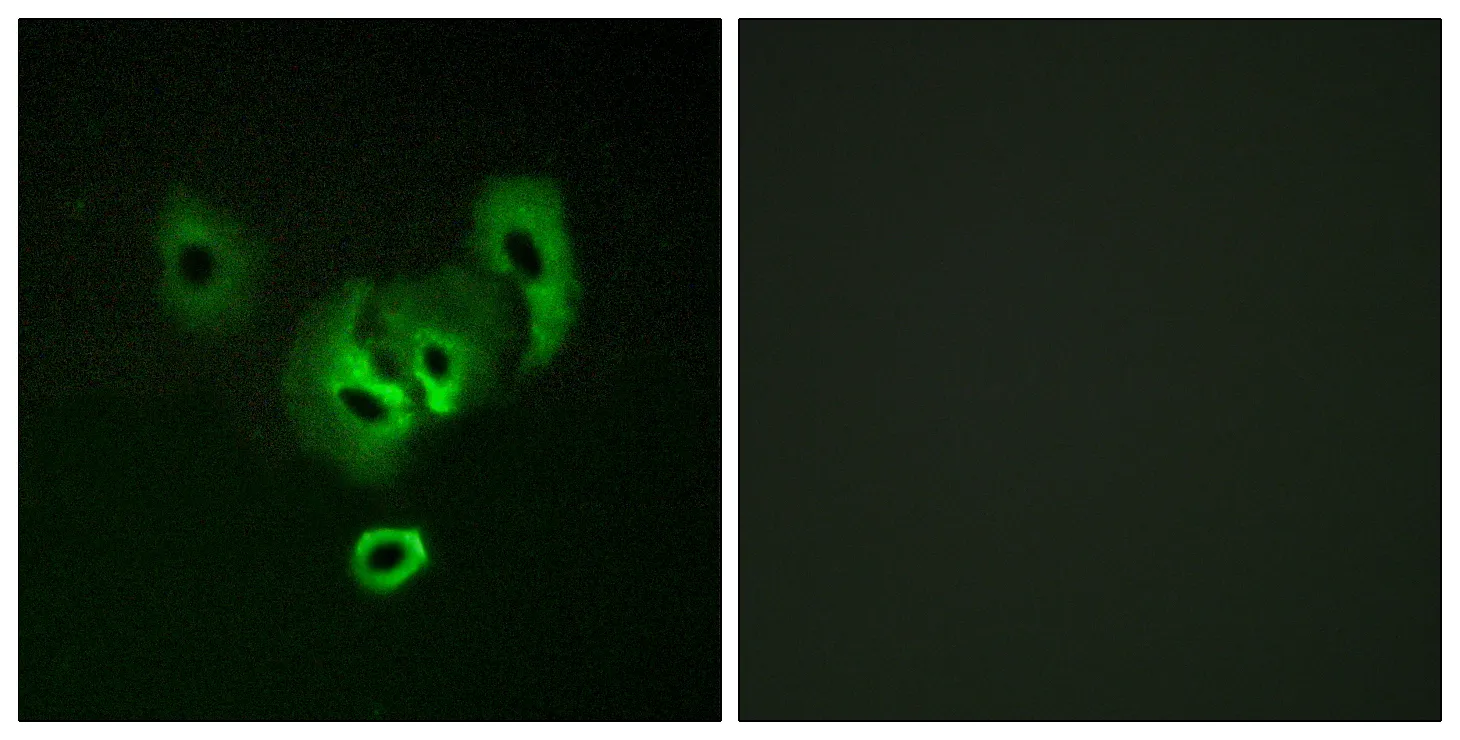Summary
Performance
Immunogen
Application
Background
Carbonic anhydrases (CAs) are a large family of zinc metalloenzymes that catalyze the reversible hydration of carbon dioxide. They participate in a variety of biological processes, including respiration, calcification, acid-base balance, bone resorption, and the formation of aqueous humor, cerebrospinal fluid, saliva, and gastric acid. They show extensive diversity in tissue distribution and in their subcellular localization. CA XIV is predicted to be a type I membrane protein and shares highest sequence similarity with the other transmembrane CA isoform, CA XII; however, they have different patterns of tissue-specific expression and thus may play different physiologic roles. [provided by RefSeq, Jul 2008],catalytic activity:H(2)CO(3) = CO(2) + H(2)O.,cofactor:Zinc.,function:Reversible hydration of carbon dioxide.,similarity:Belongs to the alpha-carbonic anhydrase family.,tissue specificity:High expression in all parts of the central nervous system and lower expression in adult liver, heart, small intestine, colon, kidney, urinary bladder and skeletal muscle.,
Research Area
Nitrogen metabolism;




